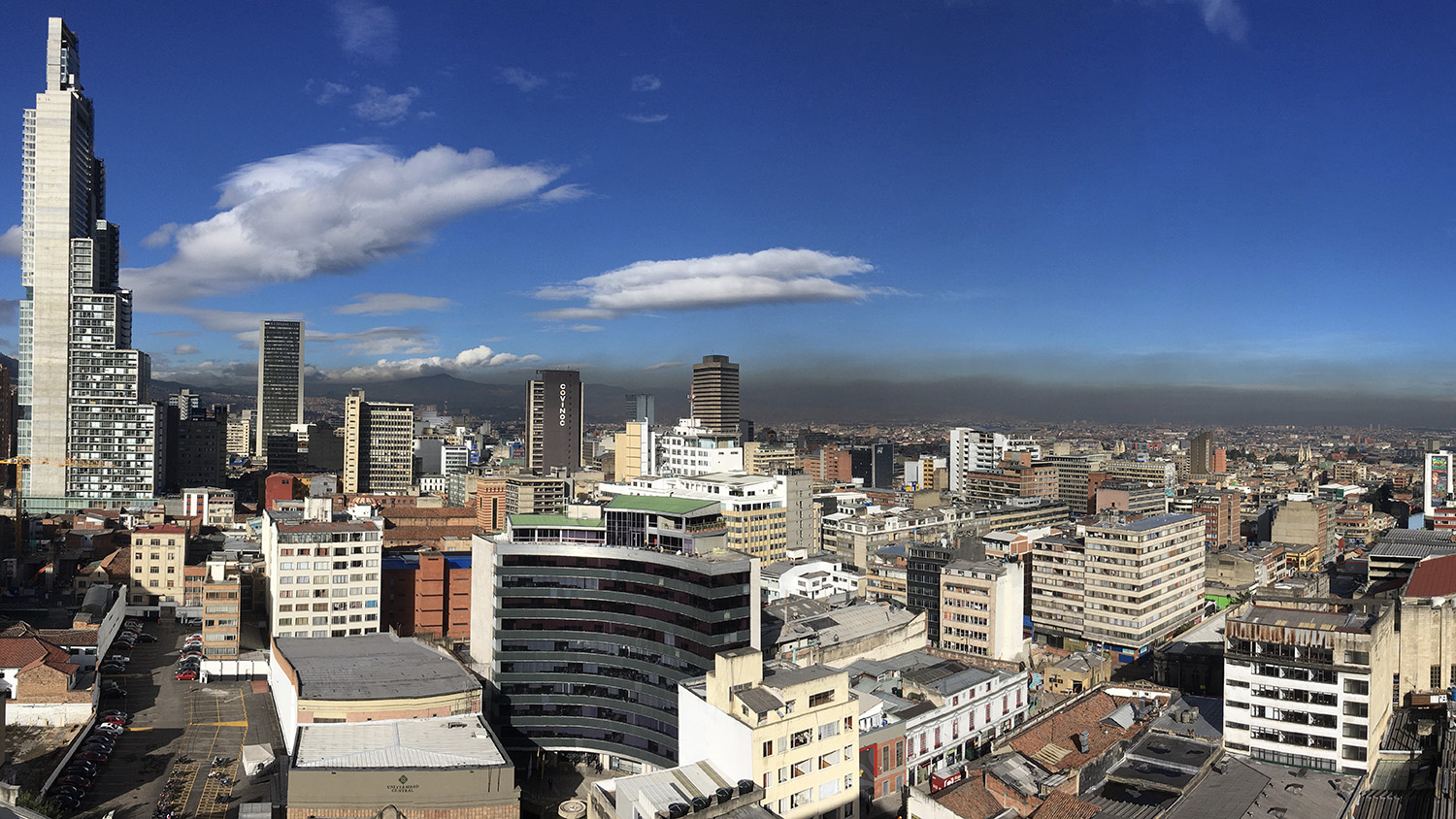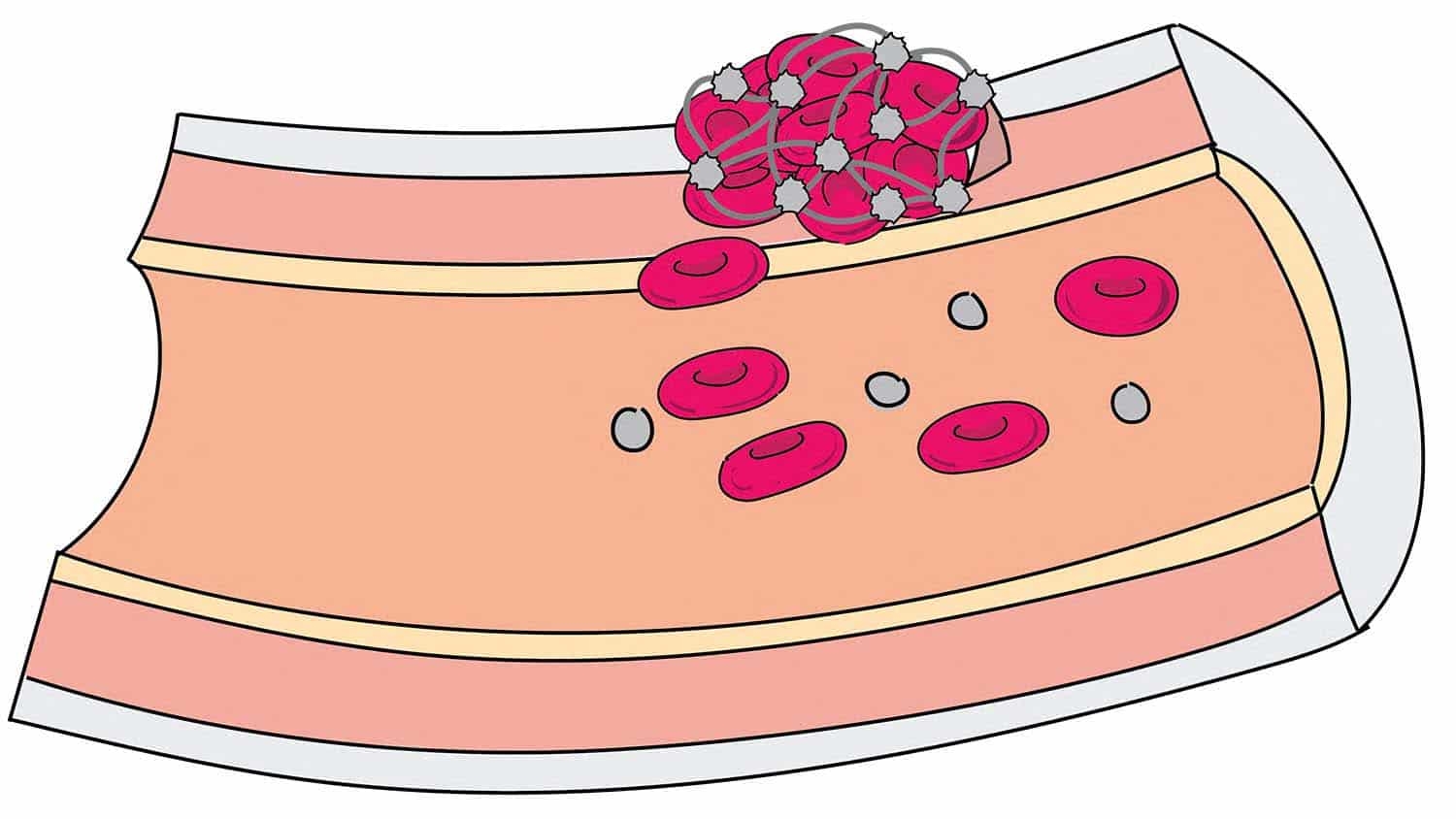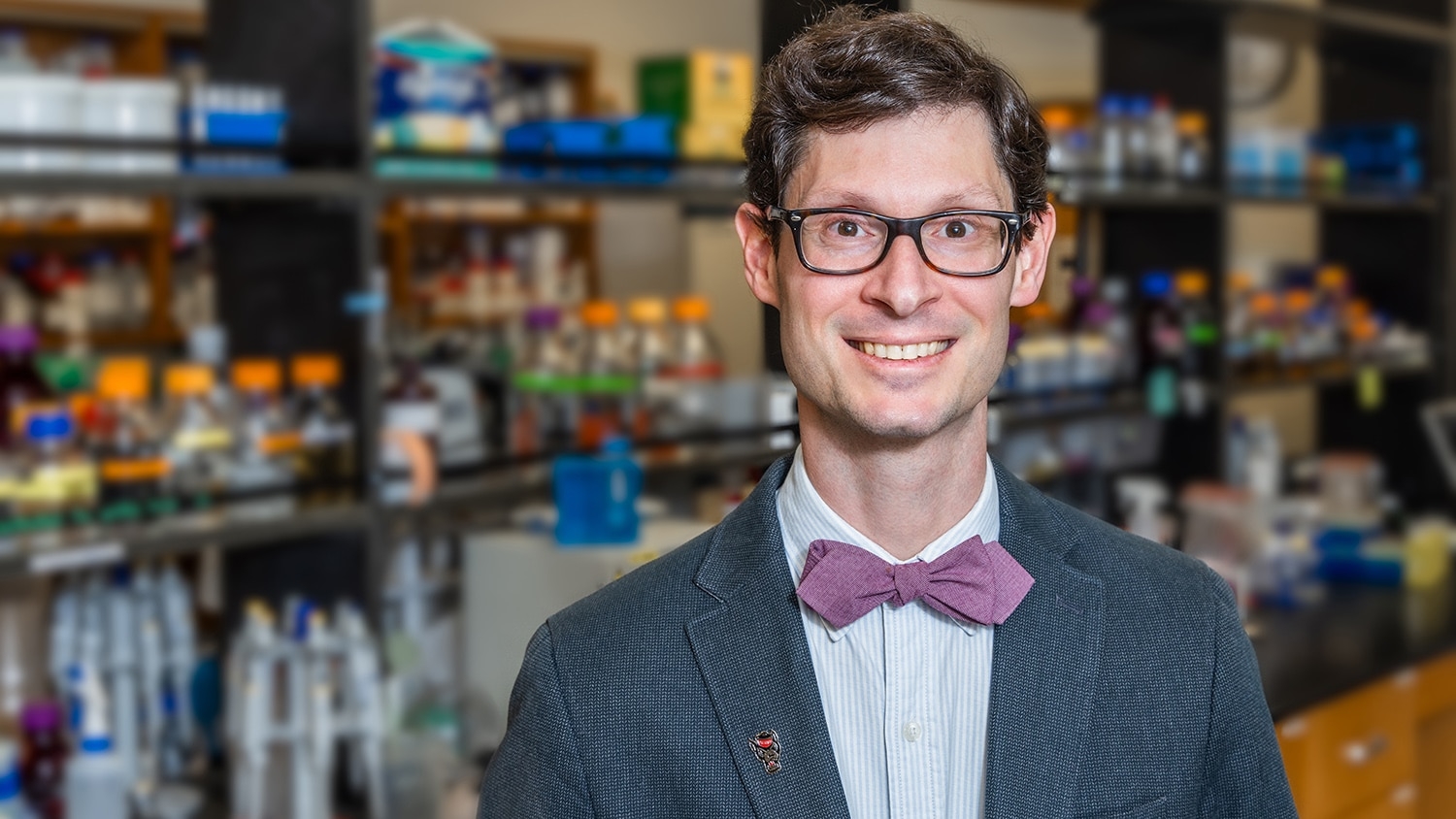Researchers use air quality models to reflect polluted reality in Latin America

Computational models of air quality have long been used to shed light on pollution control efforts in the United States and Europe, but the tools have not found widespread adoption in Latin America. New work from North Carolina State University and Universidad de La Salle demonstrates how these models can be adapted to offer practical insights into air quality challenges in the Americas outside the U.S.
Computational air quality models can be used in multiple ways. For example, they can be used to determine which sources are responsible for what fraction of air pollution. They can also help authorities predict how air pollution might change if different pollution control methods are adopted.
“Historically, it’s been very challenging to apply these modeling tools in Latin America, so it has rarely been done,” says Fernando Garcia Menendez, corresponding author of a paper on the work and an assistant professor of environmental engineering at NC State. “This is important because the region has many areas that are dealing with significant air pollution, and these modeling tools can help governments identify the most cost-effective ways of achieving air quality improvements.”
One challenge to using computational air quality models in Latin America is that the relevant modeling frameworks were developed largely in the context of the U.S. and Europe. That means that some of the assumptions that modelers took for granted when developing the tools don’t always apply in Latin American cities. Furthermore, computational resources and trained environmental modelers are still scarce in the region.
For example, there are often substantially less air emissions data available. In addition, there are some contributors to air pollution that are common across Latin American metro areas, but that differ from what we see in the U.S. – more unpaved roads, an older cargo fleet, a large number of motorcycles, informal economies, and so on.
With that in mind, Garcia Menendez developed a research project with collaborators at the Universidad de La Salle, in Bogotá, Colombia. Specifically, the research team fine-tuned a modeling framework to reflect the air pollution dynamics in Bogotá and investigate the city’s air quality problems. The collaborators at Universidad de La Salle also collected air pollution data that allowed the team to assess the accuracy of its modeling results.
“Our paper outlines the techniques we’ve used to perform computational modeling of air quality issues in a large Latin American city,” says James East, first author of the paper and a Ph.D. student at NC State. “This not only demonstrates that it can be done, but provides an approach that others can use to provide insights into air pollution in other parts of the region that are experiencing similar issues.”
While the paper focuses on an air quality model for fine particulate matter (PM2.5), the researchers say that the model could be used to look at other air pollutants. Exposure to PM2.5 is associated with a wide variety of health problems, including heart and lung disease.
In their proof-of-concept demonstration, the researchers found that the largest local sources of PM2.5 in Bogotá were dust from unpaved roads and emissions from heavy-duty vehicles. However, when the model was used to project future air quality, the study also found that while paving roads would decrease air pollution in some parts of the city, different emission sources would still lead to increased air pollution in other parts of the city – unless other emission control measures were also implemented.
In short, the model offered practical insights into possible solutions for a complex metropolitan area of 10 million people.
“These findings are of interest to environmental authorities, from the local to the national level, who are pursuing ways to effectively address air pollution in Bogotá and other Colombian cities,” says Jorge Pachon, a co-author of the paper and an associate professor at the Universidad de La Salle.
The paper, “Air quality modeling to inform pollution mitigation strategies in a Latin American megacity,” is published in Science of The Total Environment. The paper was co-authored by Juan Sebastian Montealegre of the Universidad de La Salle. The work was partially funded by Ecopetrol, Colombia’s national petroleum company.
-shipman-
Note to Editors: The study abstract follows.
“Air quality modeling to inform pollution mitigation strategies in a Latin American megacity”
Authors: James East and Fernando Garcia Menendez, North Carolina State University; Juan Sebastian Montealegre and Jorge E. Pachon, Universidad de La Salle
Published: Feb. 16, Science of The Total Environment
DOI: 10.1016/j.scitotenv.2021.145894
Abstract: Poor air quality disproportionally impacts cities in low- and middle-income countries. In Bogotá, Colombia, a metropolitan area with over 10 million inhabitants, fine particulate matter (PM2.5) levels regularly exceed air quality guidelines, leading to detrimental effects on health. Although there is public interest to improve the city’s air quality, the main sources of PM2.5 pollution have not been clearly identified and the use of modeling for policy development in Bogotá has been limited. Here, we apply a modeling framework based on the Community Multiscale Air Quality Modeling System (CMAQ) to conduct seasonal simulations of air pollution in Bogotá and reveal the emissions sectors with the largest contributions to PM2.5. Based on these results, we project and compare the air quality benefits of potential pollution mitigation strategies focused on these sources. The analysis finds that resuspended dust from unpaved roads is the largest local source of PM2.5 and can contribute over 30% of seasonally-averaged concentration across the city. Vehicles, industrial activity, and unpaved road dust combined are responsible for over 60% of PM2.5 pollution in Bogotá. A scenario analysis shows that paving roads can lead to PM2.5 decreases of nearly 10 μg/m3 by 2030 in some areas of the city, but air quality will deteriorate significantly over others in the absence of additional emissions control measures. Mitigation strategies designed to target the sectors with the largest contributions to PM2.5, including road cleaning systems, controls for industrial point sources, cleaner transportation fuels, and updated vehicle fleets, can largely avert projected increases in concentrations, although the impacts of different approaches vary throughout the city. This study is the first to use a comprehensive model to determine sector contributions to air pollution and inform potential emissions control policies in Bogotá, demonstrating an approach to guide pollution management in developing cities facing comparable challenges.
This post was originally published in NC State News.
- Categories:


